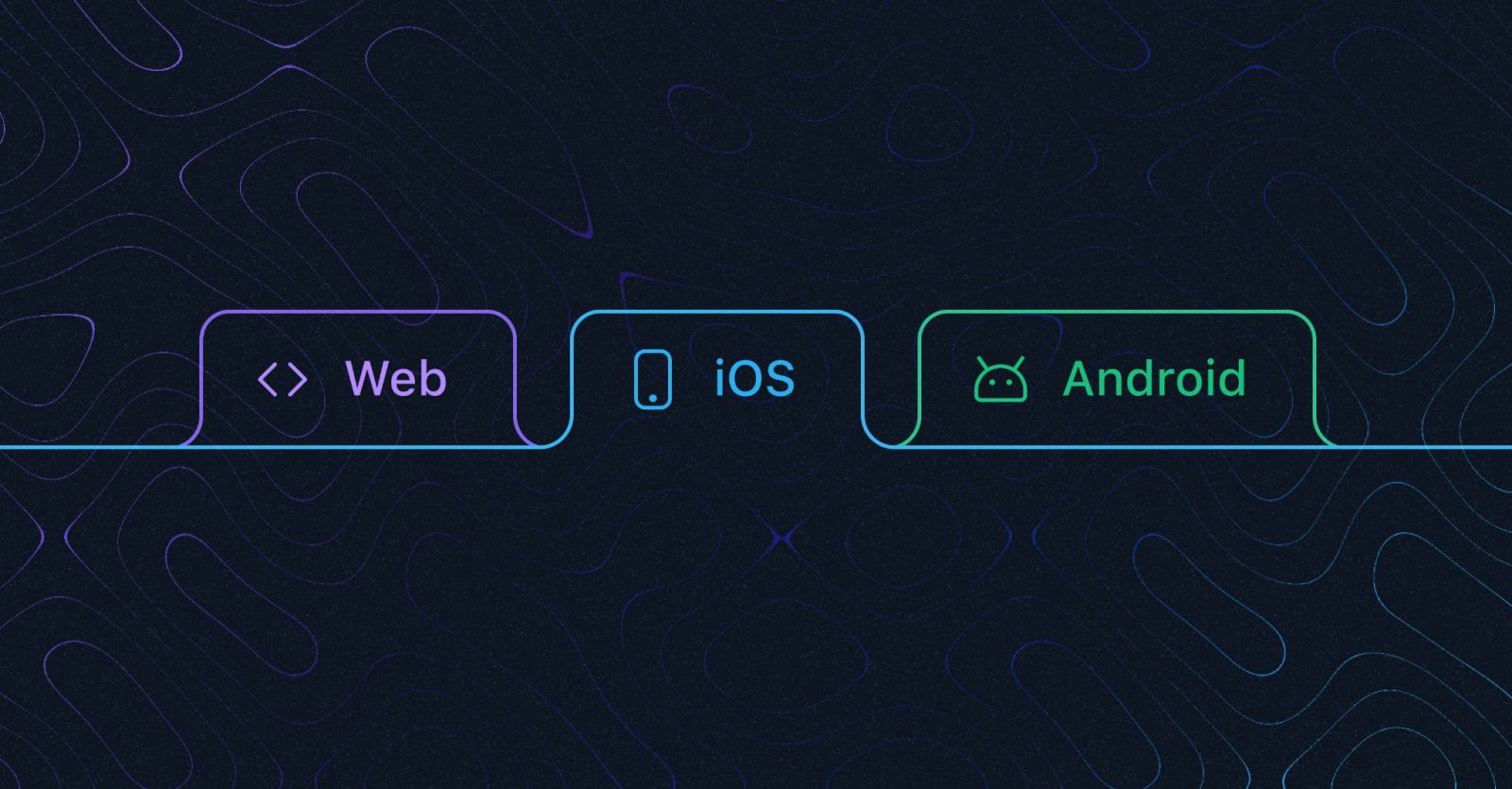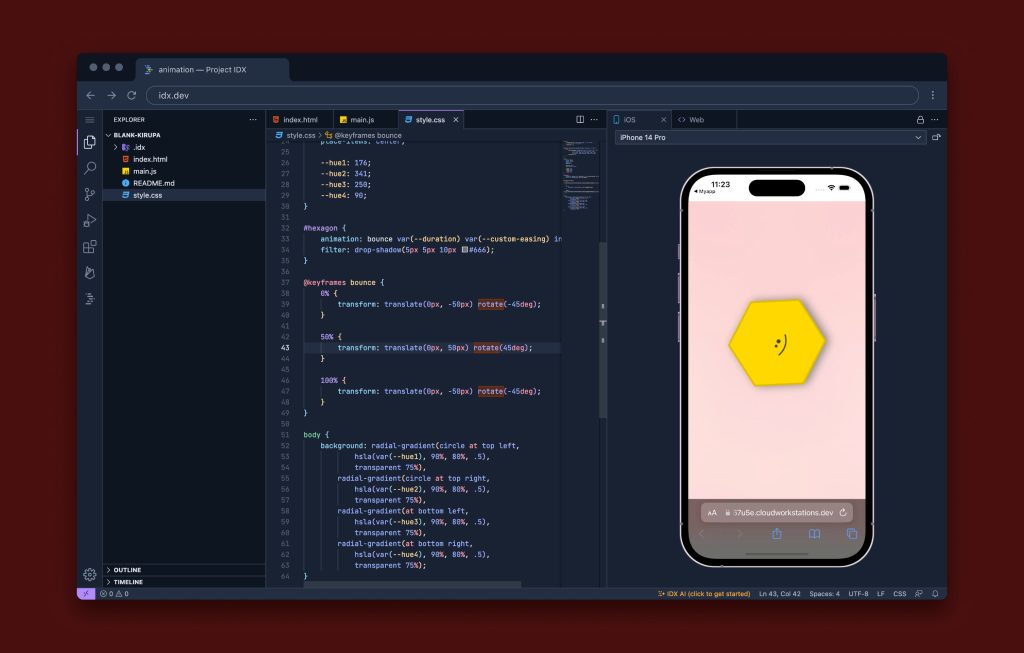
Project IDX, Google's all-in-one online, AI development program, is making strides in providing developers with useful features. Among its recent achievements, developers now have access to full iOS app and Android emulators directly from their web browser, a game-changing feature that enables iOS development without needing a Mac. Launched last year and made available to early access users, Google's Project IDX is a substantial initiative aimed at addressing major challenges encountered by developers. With a single browser window, users have access to a complete code editor, a remote terminal, a range of project templates, and a preview of their current program. Furthermore, similar to most other Google services, IDX also offers AI support and code completion. Crucially, as everything is hosted on Google Cloud, the same Project IDX workspace is accessible from any device with a web browser. Noteworthy from Project IDX’s initial announcement was Google’s intent to introduce support for Android and iOS emulators. In a recent update on the progress of Project IDX, Google has announced an expansion of support for Android and iOS to those who were on the waiting list. With iOS support, Project IDX allows developers to experiment with iOS development without owning a Mac. Apart from being valuable for native applications, IDX previews enable web developers to simultaneously test their sites across Safari on iOS, Chrome on Android, and the desktop version of Chrome.

This feature is particularly important for Flutter developers, who often want to see how their changes will impact the Android, iOS, and web versions of their app. Presently, Google still views its iOS support as “experimental”. Additionally, Google aims to simplify the process for interested parties to begin using Project IDX with their preferred languages and systems. This is being achieved through the addition of new project templates for Astro, Go, Python/Flask, Qwik, Lit, Preact, Solid.js, and Node.js. The company also states that IDX workspaces and existing templates can be customized using Nix. IDX employs Nix to define the layout of the environment for each workspace, providing flexibility and expansiveness. Furthermore, IDX templates and visualizations are configured using Nix to ensure they function correctly within IDX. Ongoing work on Nix advancements is geared towards enhancing productivity, allowing users to easily upgrade basic IDX templates by adding Nix extensions, minimizing errors and improving code efficiency, and editing Nix files with support for text highlighting, error detection, and code completion. Additionally, quick reverting to broken configurations and avoiding unnecessary rebuild attempts have been addressed through significant changes to the custom environment, facilitating seamless site rebuilds and troubleshooting. Other recent updates include customizable firewall configurations based on project requirements, access to command-line tools, and enhancements to Docker support. Currently, developers in 15 other countries, including Brazil, Canada, India, and Mexico, have access to Project IDX’s AI features. If not already done, individuals are encouraged to sign up for the waiting list to have the opportunity to use Google's Project IDX. FTC: We use affiliate links to make money. More information.










